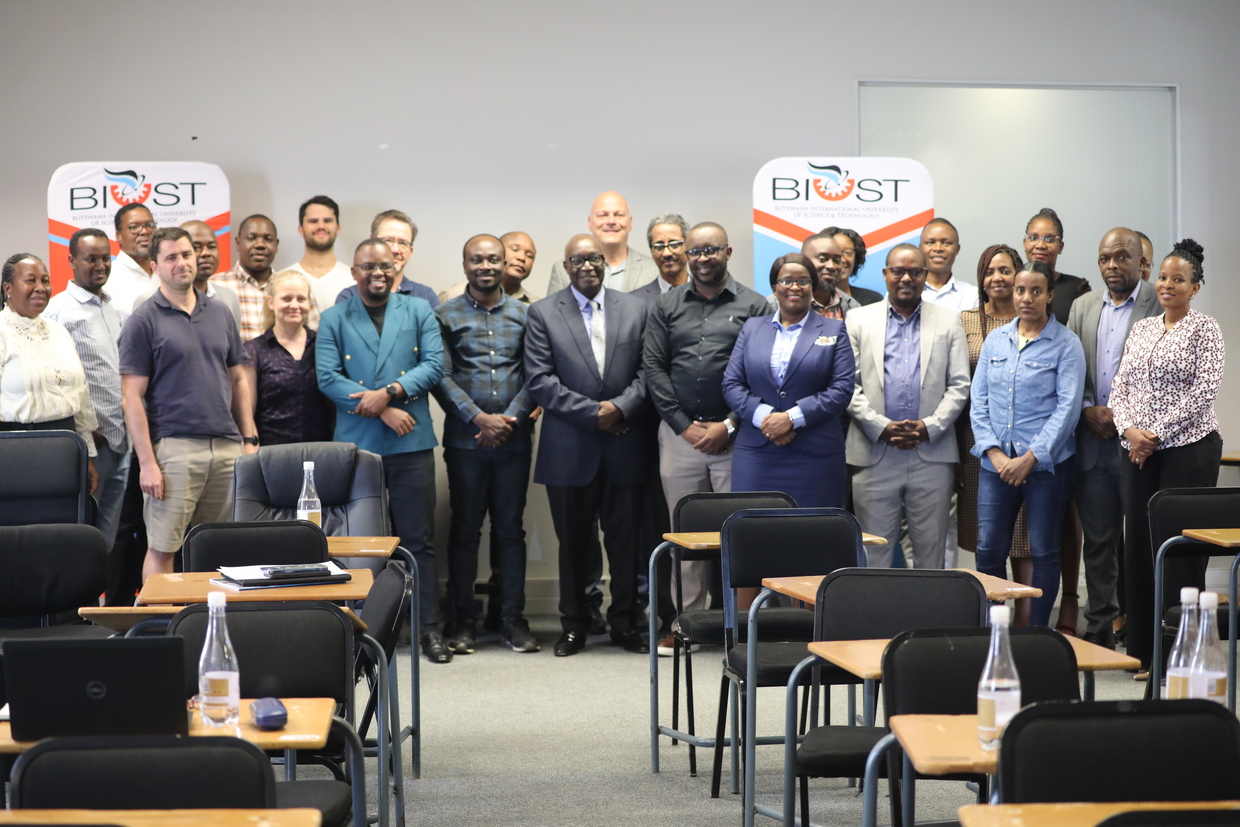Co-HYDIM-SA (Co-Design of Hydrometeorological Information System for Sustainable Water Resources Management in Southern Africa), one of the seven Water Security in Africa (WASA) projects, aims to optimize water resources management in Southern Africa by providing improved, user-friendly tools for monitoring and forecasting hydrometeorological parameters. This will contribute to enhancing water security across the region. The project will focus on two transboundary water catchments—the Cuvelai and Notwane—and will co-design and co-develop early warning systems (EWS) in collaboration with stakeholders over a four-year period (2024–2028). By combining novel approaches in sub-seasonal to seasonal (S2S) and seasonal forecasting, hydrological modeling, and machine learning, the Cuvelai Early Warning System (CUVEWIS) and Gaborone Dam Early Warning Information System (EWIS) will be developed for the respective catchments.
To achieve this goal, scientists from Germany (KIT, University of Bonn, Goethe University Frankfurt, and Deutscher Wetterdienst) and Africa (University of Namibia, Botswana University of Science and Technology, Stellenbosch University), alongside industry partners and water resource stakeholders, will collaboratively design and develop the forecast products and EWSs. This stakeholder-driven approach will ensure that the products and systems are specifically tailored to the needs of the region, enhancing their relevance and long-term sustainability.
From September 30 to October 7, 2024, Co-HYDIM-SA held a series of kickoff, data mining, and co-design workshops in Namibia and Botswana. These workshops followed the WASA project kickoff held from September 25 to 27, 2024, in Stellenbosch, South Africa, which brought together over 110 scientists, government officials, and industry partners across all the WASA projects.
At KIT, we will leverage our extensive expertise in sub-seasonal-to-seasonal (S2S) and seasonal forecasting through IMKTRO and IMK-IFU to improve the quality of forecasts for the region. Our approach includes using the latest post-processing techniques and artificial intelligence to bias-correct forecasts in collaboration with Alitiq, a Germany-based private company. These forecasts will be made available quasi-operationally in the EWSs and will also serve as input for hydrological models that are being developed or enhanced for the study domains.

